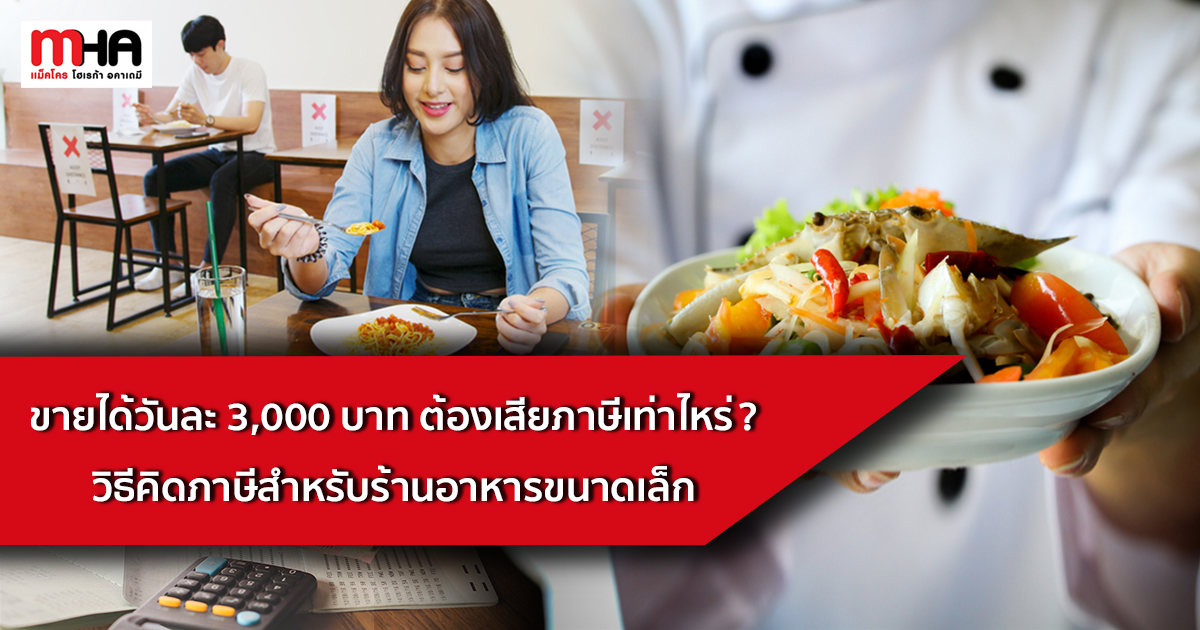Food Cost Structure, An Important Topic Restaurant Owners Should Know About!
A big mistake that causes many SME restaurants to suffer losses or shutdown soon after opening is not knowing the cost structure of the restaurant business. This lack of knowledge causes bad cost management, high costs and absence of profit after sales. In operating a restaurant business, entrepreneurs need to first understand the cost structure of their own restaurants.
Cost Structure in Restaurant Businesses
It first starts with profits and losses (P&L) in restaurant businesses or other businesses. When we generate revenue, our total revenue equals 100%. Costs are then subtracted from that revenue. The terms used to describe these costs are primary, and beverage cost, labor cost, controllable expense and fixed expense.
Food cost is the cost of food ingredients. In general, the standard food cost of single-dish restaurants is in the range of 30-35%, while the food cost of beverage stores and buffet restaurants are in the ranges of 25-30% and 45-50%, respectively.
What you need to do about food cost is meticulously record every food cost item so that you could identify which items cause high food cost. You have to state your cost items thoroughly. For example, food cost could include edible ingredients, packaging, etc. Divide these items into categories with each category containing sub-items. This will make it easy to check when problems arise.

Labor costs for ordinary restaurants should be maintained at 18-20%. The labor cost structure is as follows:
• Salaries for full time employees.
• Salaries for part time employees.
• Salaries for OT.
• Social security contributions.
• Uniform expenses (if the restaurant covers them).
• Medical expenses.
• Benefits such as diligence fees, vehicle allowances, food allowances and incentives.
• Annual bonuses.
• Annual vacations or parties.
In general, food and labor costs average about 50-60% when combined. Once you obtain the figures for your primary costs, take a look at controllable expenses next. These include expenses for water, electricity, marketing, repairs, maintenance, restaurant-related errands, stationery and forms. They are monthly expenses that we can control to have or not have or have very little of. For example, planning off-on times for air conditioning and lighting inside your restaurant can save electricity, and using water-saving equipment such as appropriate outlets and equipment inside your restaurant and with care can reduce damage or decrease maintenance expenses. Controllable expenses should be maintained to about 10%.

Next up are fixed expenses. These include fees for hiring someone to do your taxes and parking space rent the business owner has to pay every month in line with agreement, and wages or rent, due to agreement terms, cannot be decreased.
Then there are marketing expenses. These should be maintained at 1-3% of total sales. If you don’t have a storefront, you can increase marketing expenses to 10-15%. We recommend allocating marketing budgets by planning marketing budgets for entire years. You can do this by projecting your expected income each year. For example, if you expect to earn 5 million baht, your marketing budget at 3% is one hundred fifty thousand baht. Divide that one hundred fifty thousand baht for each month in the year to get about 12,500 baht in monthly marketing expenses. If your sales don’t meet your target, you can adjust your monthly marketing expenses, but your overall marketing expenses should not exceed the budget of one hundred fifty thousand baht.

The next expense item is rent. Rent is fixed each month, so you can directly deduct it from your sales.
As for the last item, most people don’t think about it. It’s depreciation and amortization expenses or your business investment expenses. For example, if you invest three million baht in your restaurant, you could divide the three million baht by your contract rent to get this item.
Once you have deducted all of these items from 100% of your sales, what’s remaining will be your net profit. A business’ net profit should be at least 10% for the business to survive.
All of the information above about cost structure is what every restaurant owner should know in planning cost management, keeping costs within standard values and directly preventing business risks.



